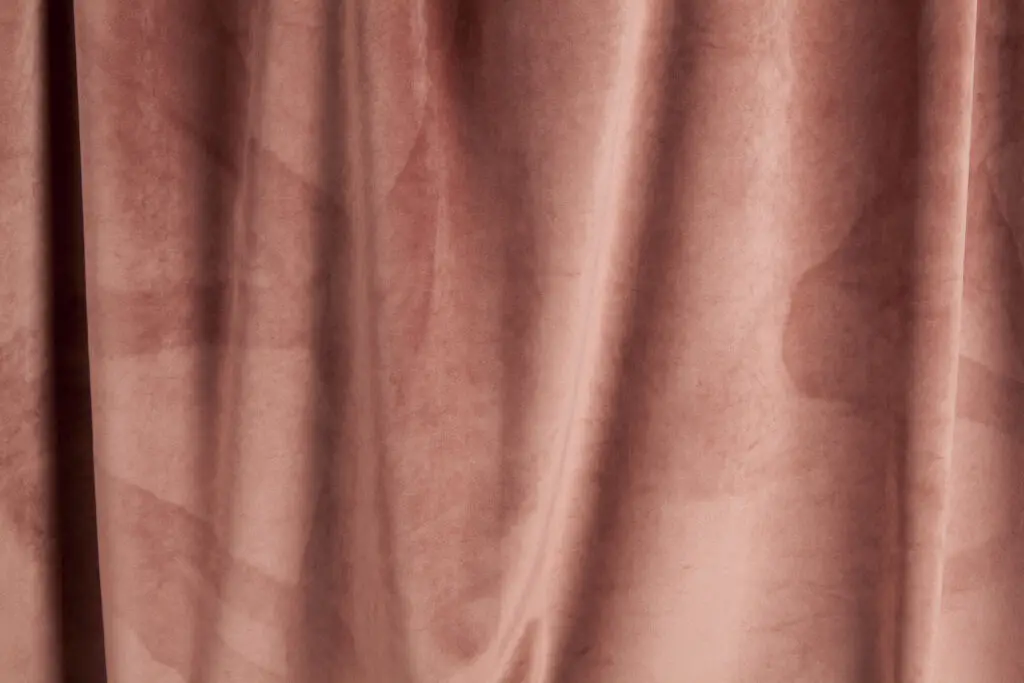
To put it simply, a fabric without nap is a fabric that looks the same whatever way you turn it. A fabric with nap looks different, though this difference may be quite subtle, and not easy to detect at first glance.
Strictly speaking, nap refers to the texture of a piece of fabric, like the grain in wood. A piece of velvet, for instance, might feel soft no matter how you stroke it, but on closer inspection, you’ll find that the fibers all want to align the same way. If you sewed together two pieces of velvet with the nap running in different directions, the resulting garment would look strange indeed! Crushed velvet deliberately misaligns the nap for effect, but looks very different as a result.
When you look at a sewing pattern, think carefully about the fabric you intend to use. A ‘with nap’ pattern will help you match the pieces appropriately. Bear in mind that you may need to buy a larger amount of fabric if it has nap, since you won’t be able to cut pieces in any arrangement you like.
If you’re not sure whether a fabric has nap (some satins, for instance, can be quite deceptive in this way), try running your fingers over it lightly to see if you can detect a difference in texture (if your fingers are calloused, the soft skin on the underside of your lower arm can sometimes do the job). Look at the fabric in different lights and turn it round to see if it catches the light differently at different angles.
Some fabrics, of course, have patterns that can only be aligned one way. If you’re working with a fabric like this, you will need to choose a with nap pattern. If you’re designing your own sewing patterns, think carefully about which way round different pieces of the fabric to be cut will be aligned in the finished garment. Pay particular attention to details like pockets and waistbands. This may seem a challenge at first, but you’ll soon get into the habit, and you’ll produce much better work as a result.
